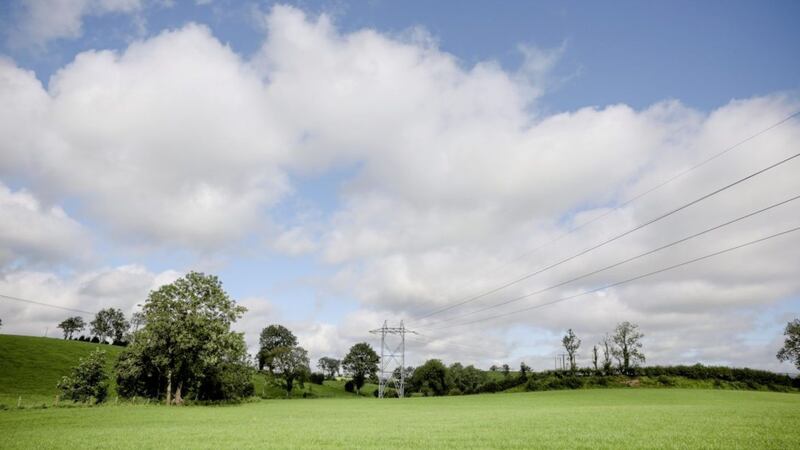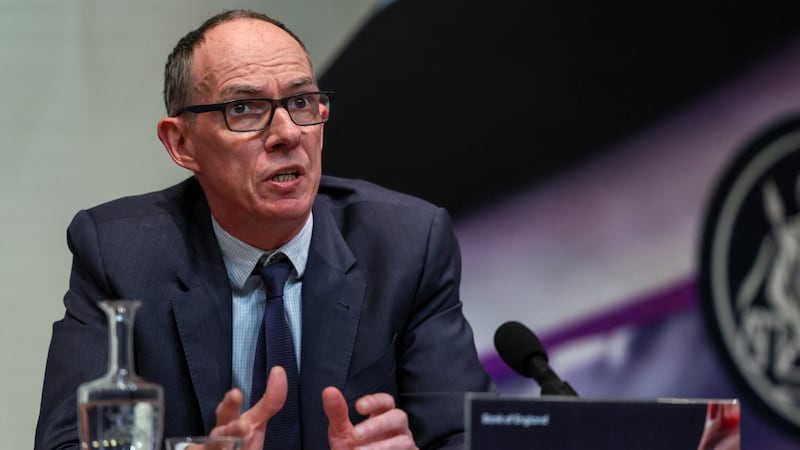IT could cost as much as £535 million to fundamentally change the north's electricity grid to ensure it is technically capable of delivering on the Executive's clean energy ambitions, a new report says.
Systems operator SONI has outlined four key approaches - either generation-, developer-, technology- or demand-led - which could result in up to 20 significant grid development projects to transfer renewable electricity from the north and west to the east, including to greater Belfast, where there is most demand.
But according to its ‘Shaping Our Electricity Future’ paper, each of the four approaches requires significant investments in grid development projects, with costs ranging from £113 million to £535 million.
SONI is now hosting a 14-week public consultation (details at www.consult.soni.ltd.uk), which involves a series of workshops, meetings and forums to inform people and gather feedback that will influence the final roadmap for the transformation of the grid.
The report also details the possible use of new technologies to limit the number of projects needed and is suggesting that offshore wind and policies to influence the location of generators and future large energy users (such as big industry and data centres) could impact the scale of change to the grid.
SONI managing director Alan Campbell said: “The Economy Minister has stated an ambition for Northern Ireland of at least 70 per cent electricity from renewable sources by 2030. While future energy policy is being developed, the change needed to the electricity system must begin today.
“It's important to reflect on what has been achieved to date, with latest figures showing almost 50 per cent of the electricity used here last year came from renewable sources. We have been proud to play our part in this success, but we have much to do.
“The amount of renewable generation connected to the transmission grid will need to double in a decade and so the grid itself, requires unprecedented change.
“It must be made stronger and more flexible in order to carry increasing amounts of clean energy like wind and solar. The change will affect every one of us and will sometimes be difficult, and because of this we are hosting a public consultation to find an agreed approach. Every one of us should have our say.”
The four approaches set out by SONI in the report are as follows:
- Generation-Led: Government policy would influence where renewable energy is generated, favouring locations where the grid is already strong;
- Developer-Led: In this approach, SONI continues to connect new sources of renewable electricity as requested in any location;
- Technology-Led: This approach uses technical solutions to make the grid more resilient so it can better handle the variable nature of renewable energy;
- Demand-Led: Government policy determines where future large energy users such as big industry and data centres would locate in Northern Ireland.







